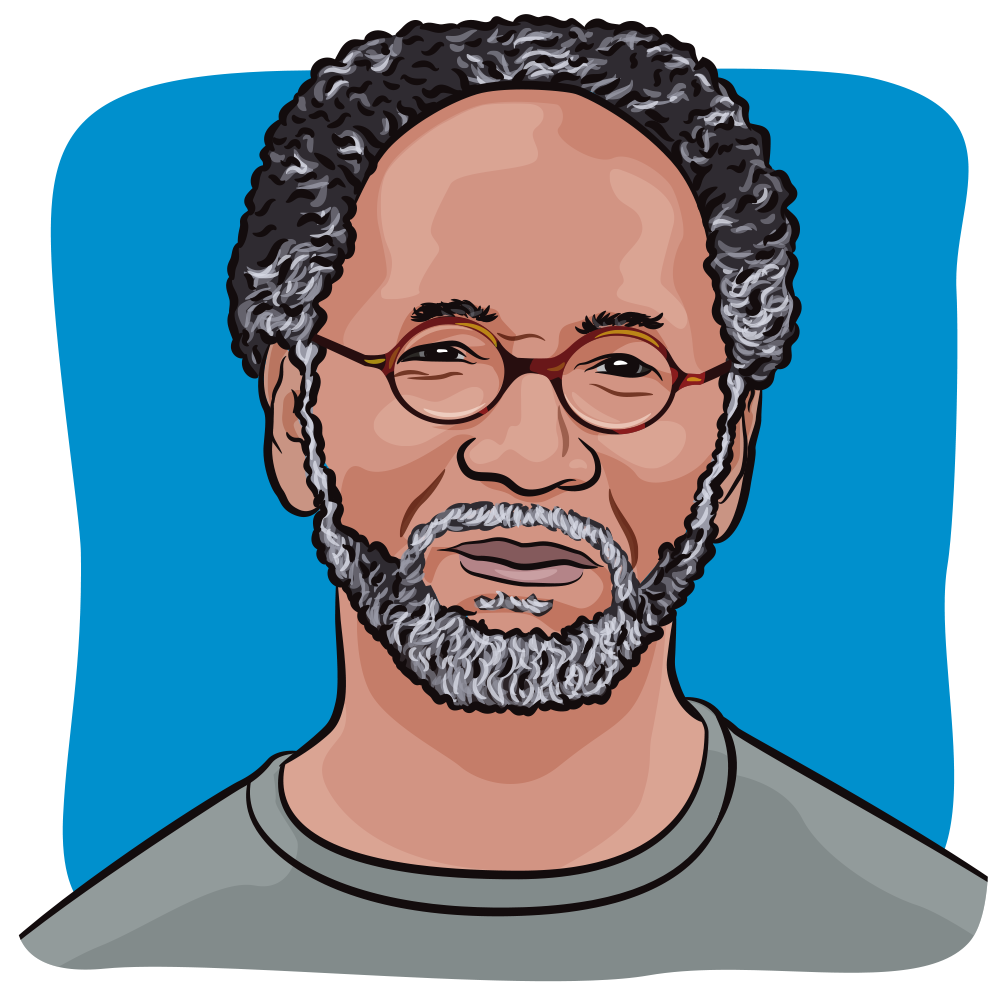Blog
Article
Differing Perspectives on Cancer Treatments
Author(s):
I've learned that there are many differing perspectives when it comes to treatment for cancer, especially from patients to researchers.

As I researched various treatment options and looked for support options for follicular lymphoma, I found myself referred to a site that was enlisting patients with cancer and survivors for research studies on various medications. The questions that some of these surveys asked reveal some interesting perspectives by researchers and treatment providers.
One survey led to a series of informational presentations followed by a panel discussion, conducted on Zoom, with patients and survivors discussing their perceptions of a particular treatment option with researchers who were conducting trials using the treatment — in this case, CAR-T (Chimeric Antigen Receptor-T), which involves using the body’s immune system to fight cancer.
During the course of the discussion, one of the researchers asked how the panel members felt about a cancer treatment that only required one treatment — that is, the infusion of the modified T-cells. The researcher was quite surprised to find out that no one on the panel thought that CAR-T consisted of a single treatment.
CAR-T takes white blood cells from the patient or donor via a process similar to blood donation; the donated blood is then separated into blood components, and the T-cells, a type of white cell that attacks and destroys pathogens in the blood, are genetically engineered to target the patient’s specific type of cancer. While the T-cells are being modified, the patient undergoes a fairly harsh form of chemotherapy called “salvage chemotherapy,” intended to destroy as many of the cancerous cells as possible. These modified T-cells are then reproduced and returned to the patient, so that the engineered T-cells, now trained to recognize the cancer, can target and destroy any remaining cancer cells.
One of the greatest advantages of this treatment is that T-cells have a form of memory; once trained to recognize the cancer cells, they will recognize them if they recur in the future, and continue to target such cells for destruction. This process takes several months and can take longer if the genetic modification doesn’t work the first time - which can only be determined when it’s complete and the cells are tested before infusion.
From the researcher’s perspective, this is a single-event treatment: the engineered T-cells are infused, and that is the only treatment provided. From the patient’s perspective, this is a long and potentially torturous process. CAR-T has incredible potential, especially for blood cancers, which lack a tumor that can be removed; it’s hard to know for certain if all cancerous cells have been destroyed by treatment, and therefore many blood cancers tend to recur. If the immune system can be properly trained to seek out and destroy any such cells before they multiply, remission can be maintained indefinitely. But the salvage chemotherapy is incredibly hard on the body, and generally destroys at least some of the patient’s existing immunities, leaving the patient open to infections and meaning that many standard vaccinations have to be done again.
This difference in perspective is why researchers are required, by many organizations that award grants to researchers, to include patients in their grant-writing and research process. Before this experience, it had never occurred to me that medical researchers had such a narrow view of what CAR-T treatment consisted of; I had assumed that they considered the entire process and not just their single piece of it. Because of this experience, I applied for membership to a patient advocacy group, which trains patients and caregivers to provide feedback to medical researchers about their personal experiences and how treatment impacted their lives. I’m looking forward to being able to help in this way, because it’s a way I, as a non-medical person, can help people with cancer treatment, and maybe make treatment just a little bit better for others than it was for me.
For more news on cancer updates, research and education, don’t forget to subscribe to CURE®’s newsletters here.




